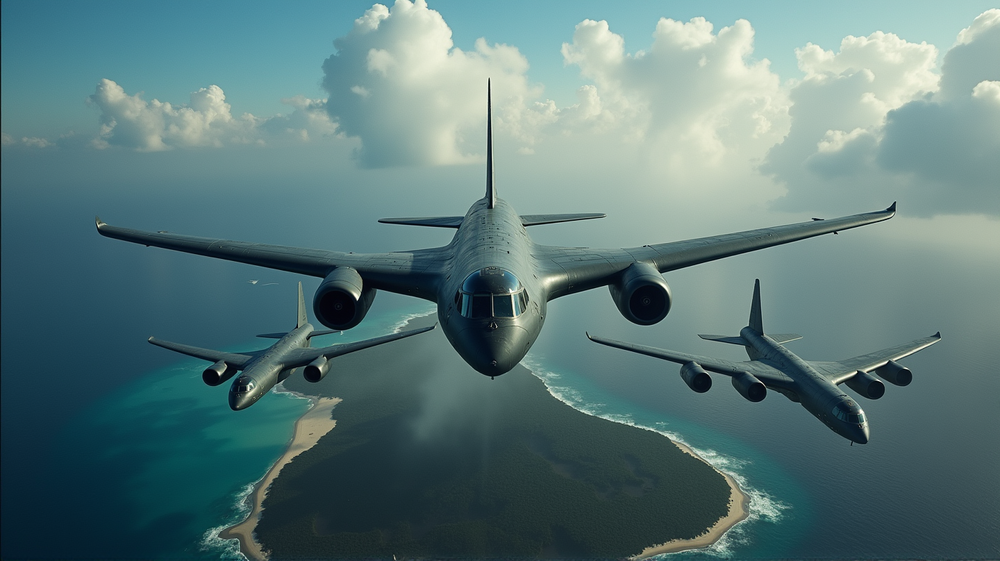As global eyes focus on increasing tensions in the Middle East, the United States is reportedly shifting its strategic military assets, including B-2 bombers, to the Pacific island of Guam. The decision, unveiled by US officials, adds yet another layer of complexity to an already volatile situation as Donald Trump considers whether to support Israel in its confrontation with Iran.
Strategic Deployment: The Return to Guam
Guam, a pivotal US base in the Pacific, is now, once again, central to US military operations. These B-2 bombers, renowned for their stealth capabilities, aren’t just any aircraft; they can carry the formidable 30,000lb GBU-57 Massive Ordnance Penetrator, optimized for targeting deep underground facilities—a potential threat to Iran’s contentious nuclear program. This move, while noteworthy, leaves many wondering if it serves as a preparatory step for potential military action in the Middle East.
The Mystery of Military Strategy
Official sources remain tight-lipped, and the connection between this deployment and the tensions in the Middle East remains uncertain. With no explicit orders to advance further than Guam, the world watches as experts suggest possibilities of a move to the US-British military base on Diego Garcia. Such strategic maneuvers could position the B-2 bombers ideally for operations in the explosive region.
Political Game of Chess
The Trump administration seems to be in a wait-and-watch mode, evaluating the necessity and implications of joining Israel’s military efforts. Despite the escalating air war, the US seems to be pacing its involvement, with Trump deliberating for a two-week period to determine the nation’s stance.
Reactions and Implications
Concurrently, Israel claims significant military successes against Iran, and tensions rise as Tehran refuses negotiations while under perceived threats. As global powers tread carefully on this tightrope, the deployment of B-2s stands as a symbolic and potent indication of capabilities, should diplomatic paths falter.
Broader Military Movements
Adding to the geopolitical shakeup, additional US tankers are heading to Europe, fighter jets to the Middle East, and an aircraft carrier in the Indo-Pacific is also on its way to the region. These movements, first reported by Reuters, underscore a broader strategy that reflects a mix of deterrence, readiness, and power projection.
According to The Guardian, these developments underscore the strategic juggling act the US finds itself in, balancing diplomatic negotiations with military posturing in a global landscape rife with unpredictability. The coming weeks will likely reveal more about the United States’ strategy as the balance of peace and conflict teeters on the edge.













